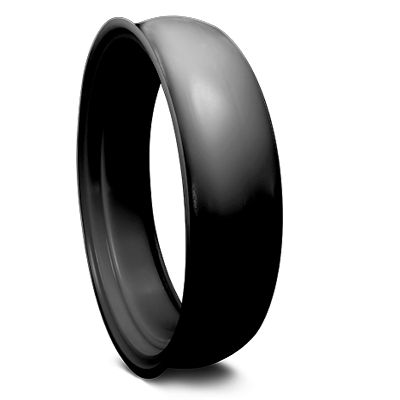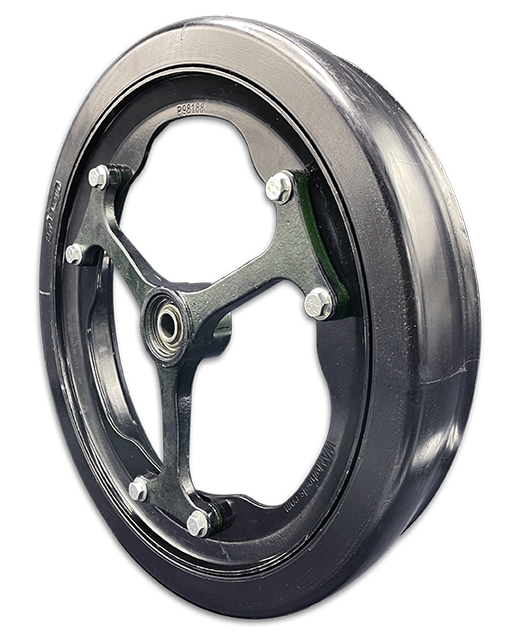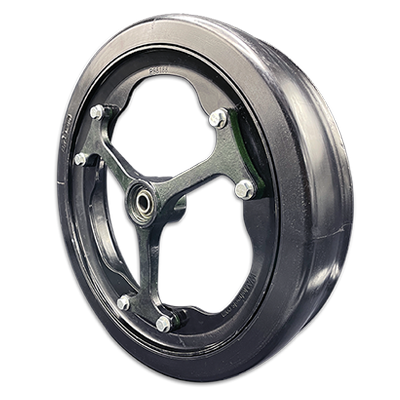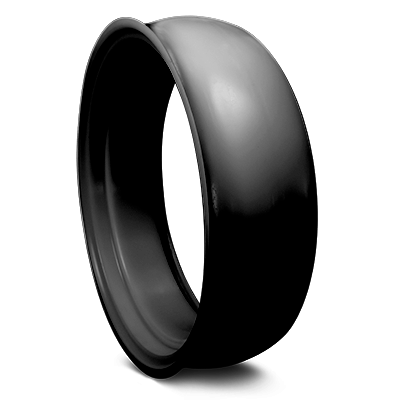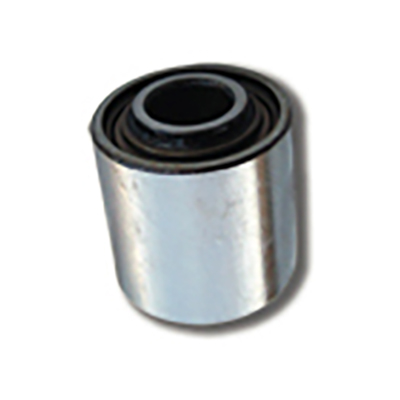Gauge Wheels
All About Gauge Wheels
PolyFlex™ Gauge Wheel Tire
The gauge wheel’s purpose is to keep the planter/drill running at a consistent depth and absorb the residue (in no-till). At higher downforce, rubber tires can collapse and bottom out, while solid tires have little to no flex and cannot conform to contours in the ground.
PolyFlex™ remains flexible in order to maintain performance in varying ground conditions. Engineered for balanced deflection to prevent excessive mud buildup and soil compaction. PolyFlex™ gives the benefits of traditional rubber tires and solid core tires without the drawbacks. Flex is needed to keep the row unit running smoothly without excessive down-pressure, which can cause sidewall compaction and can contribute to “Tomahawk” roots. Lip wear-life and lip integrity are arguably the most important part of your gauge wheel. If there isn’t a snug fit, the gauge wheel will not be in the proper position, against the blade in order to make the needed seal.
Fits most planters and single-disc gauge wheel drills using 5/8″ or 16mm mounting bolt (JD 50,60,90 & N series, Case P500 & NH 2080 drills).
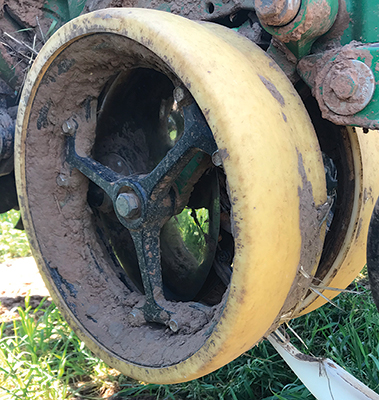
Flexible Polyurethane
Cross-section of Exapta’s PolyFlex tire, is a polyurethane material with a hollow core, that can flex. The only polyurethane tire on the market with an air cavity that allows it to flex.
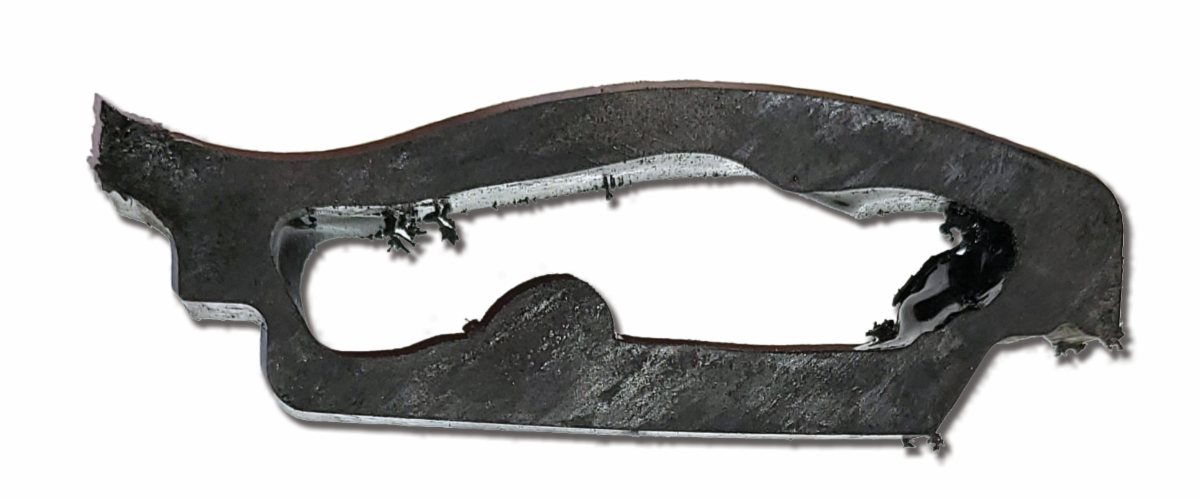
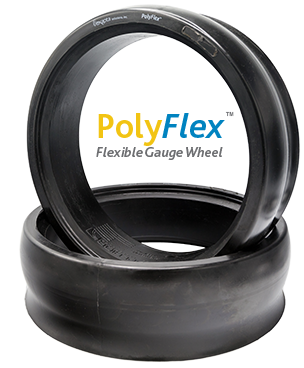
Engineered for Balanced Deflection
PolyFlex™ remains flexible in order to maintain performance in varying ground conditions. Engineered for balanced deflection to prevent excessive mud buildup and soil compaction.
PolyFlex in Action
The PolyFlex gauge wheel tire is unique from other polyurethane tires in that it has a hollow core, which allows it to shed mud more so like a rubber tire. It can absorb rocks and small clods in the fields, which means the row units will have less bounce, and the seeds will be better placed in the furrow, not on the top of the soil.

